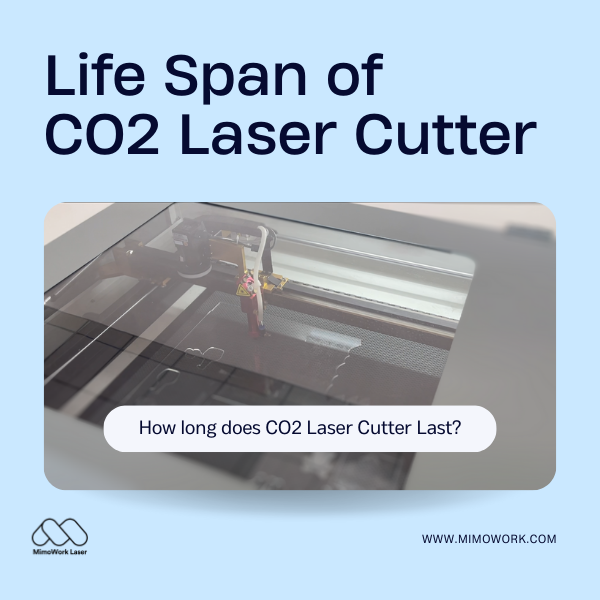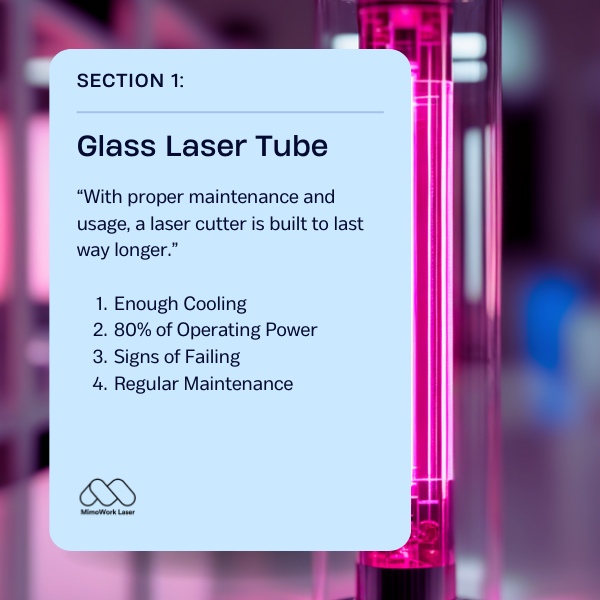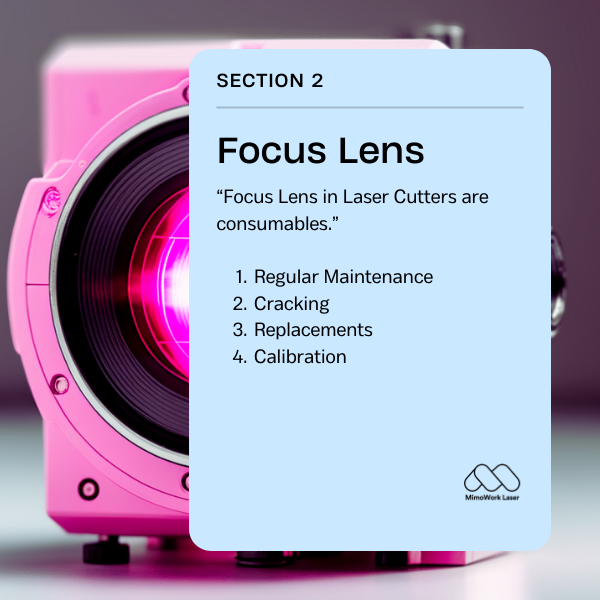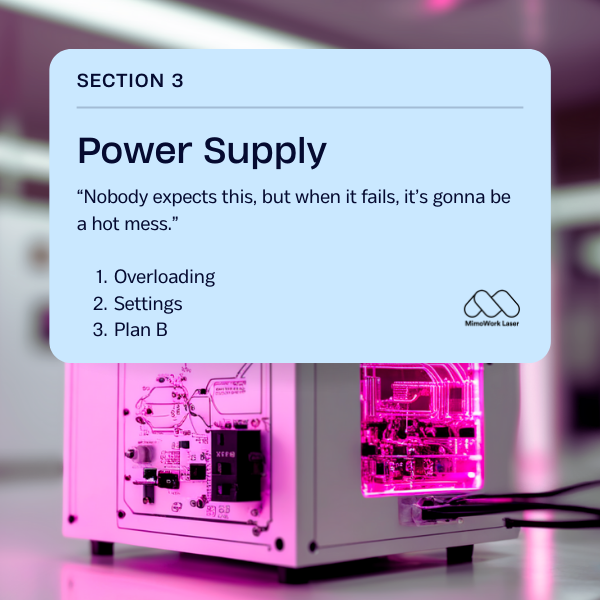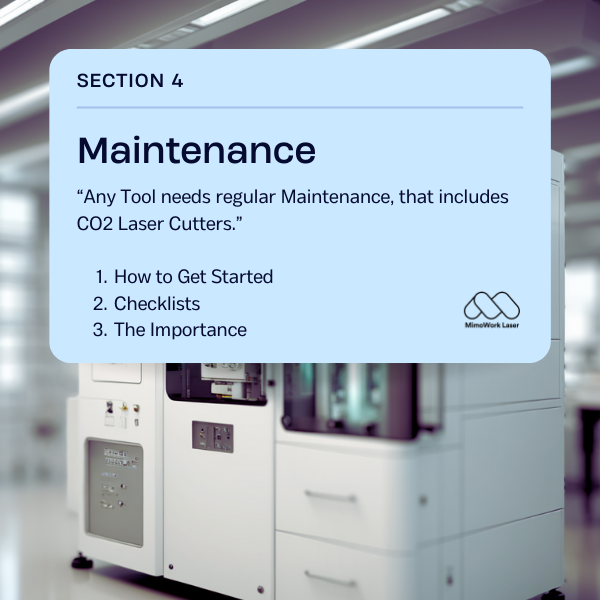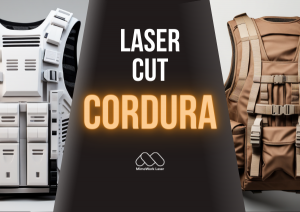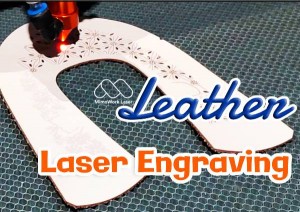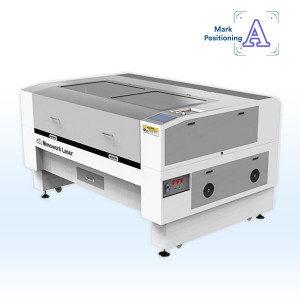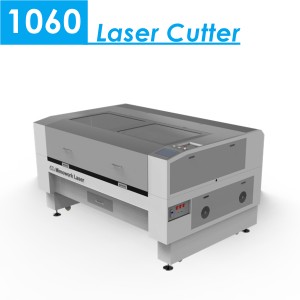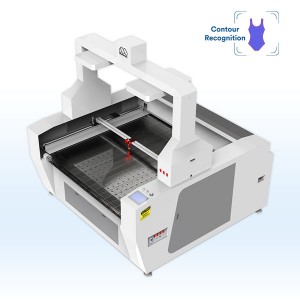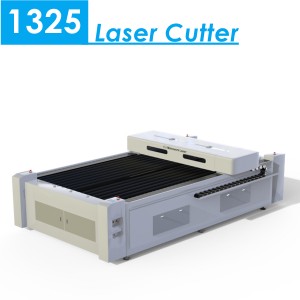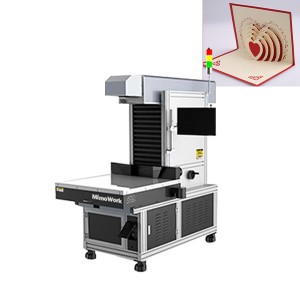Investing in a CO2 laser cutter is a substantial decision for many businesses, but understanding the lifespan of this cutting-edge tool is equally crucial. From small workshops to large-scale manufacturing plants, the longevity of a CO2 laser cutter can significantly impact operational efficiency and cost-effectiveness. In this article, we delve into the factors that influence the lifespan of CO2 laser cutters, exploring maintenance practices, technological advancements, and key considerations for businesses aiming to maximize the lifespan of these precision machines. Join us on this exploration of durability in the realm of CO2 laser cutting technology.
CO2 Laser Cutter Life Span: Glass Laser Tube
Within the intricate anatomy of a CO2 laser cutter, the glass laser tube stands as a vital component, playing a pivotal role in the machine's overall performance and longevity.
As we navigate the landscape of understanding how long a CO2 laser cutter lasts, our focus turns to this critical element.
The glass laser tube is the heartbeat of the CO2 laser cutter, generating the intense beam that transforms digital designs into precision-cut reality.
In this section, we unravel the intricacies of CO2 laser technology, shedding light on the lifespan factors associated with these essential glass laser tubes.
Join us on this exploration into the heart of CO2 laser longevity.
CO2 Laser Tube Life: Cooling
1. Sufficient Cooling
Keeping your laser tube cool is one of the most important factors that will determine the lifespan of your CO2 laser cutter.
The high-powered laser beam generates a tremendous amount of heat as it cuts and engraves materials.
If this heat is not adequately dissipated, it can quickly lead to a breakdown of the delicate gases inside the tube.
2. Makeshift Solution
Many new laser cutter owners start with a simple cooling method like a bucket of water and an aquarium pump, hoping to save money upfront.
While this may work for light-duty tasks, it simply cannot keep up with the thermal load of serious cutting and engraving work over the long haul.
The stagnant, unregulated water quickly heats up and loses its ability to draw heat away from the tube.
Before long, the internal gases will begin to deteriorate from overheating.
It's always best to monitor the water temperature closely if using a makeshift cooling system.
However, a dedicated water chiller is strongly recommended for anyone looking to use their laser cutter as a productive workshop tool.
3. Water Chiller
Chillers provide precise temperature control to manage even high-volume laser work reliably and thermally.
While the upfront investment is greater than a DIY bucket solution, a quality chiller will easily pay for itself through a longer laser tube lifetime.
Replacing burned-out tubes is expensive, as is downtime waiting for new ones to arrive.
Rather than dealing with constant tube replacements and the frustration of an unreliable laser source, most serious makers find chillers to be worthwhile for the pace and longevity they provide.
A properly cooled laser cutter can easily last a decade or more with routine maintenance - ensuring many years of creative productivity.
So when considering ownership costs over the long run, a little extra spending on cooling delivers big returns through consistent, high-quality output.
CO2 Laser Tube Life: Overdrive
When it comes to getting the most life out of a CO2 laser tube, avoiding overdriving the laser is paramount. Pushing a tube to its absolute maximum power capacity may shave a few seconds off cut times now and then, but it will drastically shorten the tube's overall lifespan.
Most laser manufacturers rate their tubes with a maximum continuous output level under optimal cooling conditions.
But seasoned laser users understand it's best to stay comfortably below this ceiling for day-to-day work.
Lasers kicked into overdrive constantly run the risk of exceeding the internal gases' thermal tolerances.
While problems may not show up immediately, overheating will steadily degrade component performance over hundreds of hours.
As a rule of thumb, it's advised not to exceed about 80% of a tube's rated limit for average use.
This provides a nice thermal buffer, ensuring operations remain within safe operating parameters even during periods of heavier use or marginal cooling.
Staying below the maximum preserves the vital gas mixture much longer than constant flat-out running.
Replacing a depleted laser tube can easily cost thousands.
But by simply not overtaxing the current one, users can stretch its useful life into the multiple thousands of hours range instead of a fewhundred or less.
Adopting a conservative power approach is an inexpensive insurance policy for continuous cutting capability over the long haul.
In the laser world, a little patience and restraint up front greatly pays off over the back end through years of dependable service.
CO2 Laser Tube Life: Signs of Failing
As CO2 laser tubes age through thousands of hours of operation, subtle changes will often appear that signify reduced performance and pending end-of-life.
Experienced laser users learn to be on the lookout for these warning signs so remedial action or tube replacement can be scheduled for minimal downtime.
Diminished brightness and slower warm-up times are usually the first outward symptoms.
Where deep cuts or complex etches once took seconds, extra minutes are now required to complete similar jobs.
Over time, lower cutting speeds or inability to penetrate certain materials also point to waning power.
More concerning are instability issues like flickering or pulsing during operation.
This fluctuation stresses the gas mixture and accelerates component breakdown.
And discoloration, usually as a brownish or orange tint appearing near the exit facet, reveals contaminants infiltrating the sealed gas housing.
With any laser, performance is most accurately tracked over time on known test materials.
Graphing metrics like cutting speed reveal subtle degradations invisible to the naked eye.
But for casual users, these basic signs of dimming output, temperamental operation, and physical wear provide clear alerts that tube replacement should be planned before a failure strands important projects.
By heeding such warnings, laser owners can continue productive cutting for years by swapping tubes proactively rather than reactively.
With careful use and annual tune-ups, most high-quality laser systems deliver a decade or more of fabrication capability before requiring a full refit.
CO2 Laser Cutter is just like Any Other Tool
Regular Maintenance is the Magic of Smooth and Lasting Operation
Having Trouble with Maintenance?
CO2 Laser Cutter Life Span: Focus Lens
The focus lens is a crucial component in any CO2 laser system, as it determines the size and shape of the laser beam.
A high-quality focus lens made of appropriate materials like Germanium will maintain its precision over thousands of hours of operation.
However, lenses can degrade more quickly if they are damaged or exposed to contaminants.
Over time, lenses may accumulate carbon deposits or scratches that distort the beam.
This can negatively impact cut quality and lead to unnecessary material damage or missed features.
Therefore, cleaning and inspecting the focus lens on a regular schedule is recommended to catch any unwanted changes early.
A qualified technician can assist with thorough lens maintenance to keep this optically delicate part performing optimally for maximum laser runtime.
CO2 Laser Cutter Life Span: Power Supply
The power supply is the component that delivers electrical current to energize the laser tube and produce the high-power beam.
Quality power supplies from reputable manufacturers are designed to reliably operate for tens of thousands of hours with minimal maintenance needs.
Over the life of the laser system, circuit boards and electrical parts may gradually deteriorate from heat and mechanical stresses.
To ensure optimal performance for cutting and engraving tasks, it's a good idea to have power supplies serviced during annual laser tune-ups by a certified technician.
They can inspect for loose connections, replace worn components, and check power regulation is still within factory specifications.
Proper care and periodic checkups of the power supply help sustain maximum laser output quality and ensure the long-term operation of the entire laser-cutting machine.
CO2 Laser Cutter Life Span: Maintenance
To maximize the lifespan and performance of a CO2 laser cutter over many years, it's important that regular maintenance checks are performed in addition to replacing consumable parts like laser tubes.
Factors like the machine's ventilation system, optics cleaning, and electrical safety checks all require periodic attention.
Many experienced laser operators recommend scheduling annual tune-ups with a certified technician.
During these visits, specialists can thoroughly inspect all key components and replace any worn parts to OEM specifications.
Proper ventilation ensures hazardous exhaust is being removed safely while internal alignment and electrical testing verify optimum operation.
With preventative maintenance through qualified service appointments, most high-powered CO2 machines are capable of providing over a decade of reliable fabrication when coupled with careful daily use and hygiene habits.
CO2 Laser Cutter Life Span: Conclusion
In summary, with adequate preventative maintenance and care over time, a quality CO2 laser cutting system can reliably operate for 10-15 years or more.
Key factors that influence the overall lifespan include monitoring for signs of laser tube degradation and replacing tubes before failure.
Proper cooling solutions are also vital to maximize the useful life of tubes.
Other regular maintenance like annual tune-ups, lens cleaning, and safety checks further ensure all components continue optimal performance.
With vigilant care practiced over thousands of operating hours, most industrial CO2 laser cutters can become valued long-term workshop tools.
Their rugged build and versatile cutting abilities help businesses grow for many years through repeated use when supported by knowledgeable maintenance routines.
With diligent upkeep, the powerful output of CO2 technology delivers fantastic returns on investment.
MimoWork LASER MACHINE Lab
Discover Pro Tips and Maintenance Strategies to Extend Its Lifespan
Dive into the Future of Laser Cutting Efficiency
Post time: Jan-22-2024


